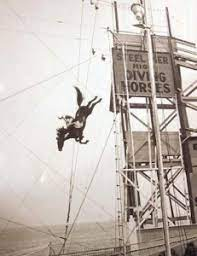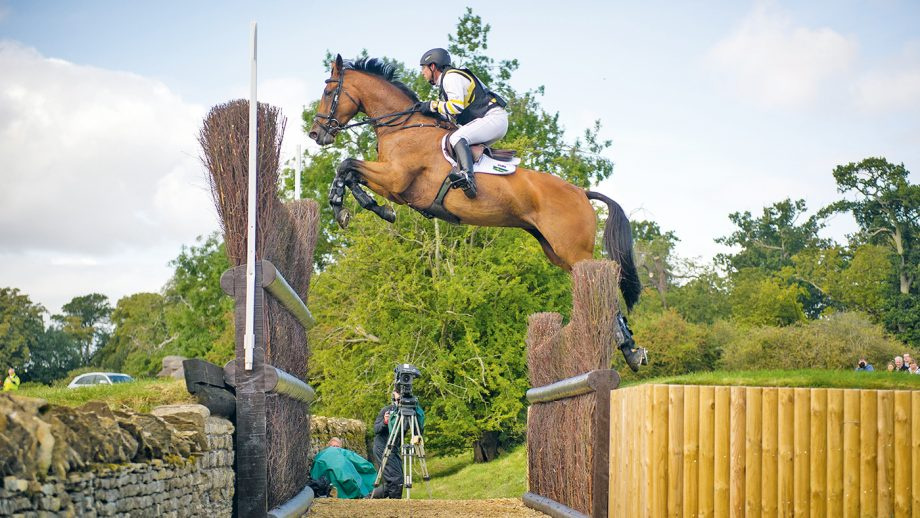I don’t think whether a horse does something autonomously can be the benchmark for whether or not we can ask them to do it. My horse would never autonomously choose to stand for the farrier and get her feet trimmed and her shoes put on. Without training, my horse would never autonomously get on the trailer so I could drive her to the equine clinic for her annual workup. No one has ever told me that I shouldn’t ask her to do that, because without shoes her feet will bruise and because all beings deserved medical care.
The natural argument here is that those things, while not something she would autonomously do, are good for her and therefore okay to train her to do (and to be clear, just because she doesn’t do something autonomously does not means she doesn’t do it happily - because she is trained she self-loads onto the trailer when I ask and falls asleep when you put her in cross ties while the farrier is working). But I would argue that having a job is good for her too (and lord knows it’s good for the long-term state of my stable). And while she’s perfectly nice on the flat, spend more than 10 minutes around her and you’d know she prefers to jump. It’s variety, mentally and physically, and nearly every being on the planet enjoys that. Like most horses, she also really enjoys time spent out of the ring, so hacking but especially cross-country are the best days for her. Would she do it autonomously? I haven’t really tested that theory. But does she do it happily? Absolutely, and that is what matters the most to me.
It comes back to that guiding principle: I owe it to my horse to keep her happy, healthy, and free from distress. Using her muscles and engaging her brain and enjoying variety in her work keeps her happy and healthy. She does her job without distress. If something happens one day and she is injured (on course, in a field, in her stall) in a way that would prevent her from being happy, healthy, or free from distress, I will make the decision I have to make to fulfill my obligation to her in her present moment - the only moment she is aware of. That is the best and really, the only way I know to give her a good life.



